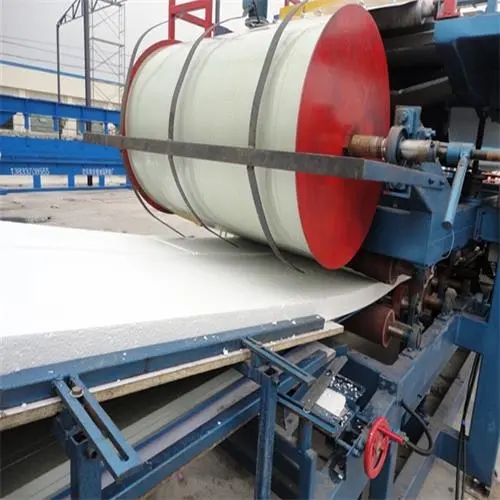
Understanding PPGI Prices Factors and Trends
Pre-Painted Galvanized Iron (PPGI) has become an essential material in various industries, especially in construction and manufacturing. Its popularity is attributed to its durability, aesthetic appeal, and cost-effectiveness. However, the price of PPGI can fluctuate significantly due to various factors, impacting buyers across the globe. Understanding these factors is crucial for businesses and individuals considering PPGI for their projects.
What is PPGI?
PPGI refers to a steel sheet that has been coated with a layer of zinc to prevent corrosion, followed by a layer of paint for aesthetic and protective purposes. The finished product combines the strength of steel with the protective properties of the galvanization process, alongside a visually appealing surface. This makes it a preferred choice for roofing, wall cladding, and other applications.
Factors Influencing PPGI Prices
1. Raw Material Costs The prices of raw materials, such as steel and zinc, heavily influence PPGI pricing. Steel is a commodity priced on the global market, and any fluctuations will directly affect the cost of PPGI. If steel prices rise due to increased demand or supply chain disruptions, PPGI prices are likely to follow suit.
2. Production Costs The manufacturing process of PPGI involves several steps, including galvanization and painting. Any increase in energy costs, labor rates, or technology to enhance production efficiency can lead to higher PPGI prices. Manufacturers must balance these costs while remaining competitive in the market.
3. Demand and Supply The demand for PPGI is influenced by seasonal trends, economic growth, and construction activity levels. During peak construction seasons, the demand for PPGI increases, pushing prices higher. Conversely, during economic downturns or slow construction periods, prices may drop. Additionally, any disruptions in supply chains, such as transportation issues or material shortages, can lead to price spikes.

4. Geopolitical Factors Global political dynamics can also impact PPGI prices. Tariffs, trade agreements, and international relations play a significant role in the flow of materials. For example, tariffs on steel imports can increase domestic prices as manufacturers absorb the extra costs or pass them on to consumers.
5. Market Competition The level of competition in the market is another critical factor. If there are numerous suppliers in a region, prices may be more competitive. However, if there are few suppliers or if a dominant player controls the market, prices may be higher. Consumers should always consider multiple suppliers to find the best price.
Trends in PPGI Pricing
In recent years, the PPGI market has witnessed considerable price volatility. Factors such as the COVID-19 pandemic led to supply chain disruptions, causing prices to surge. Moreover, with a focus on sustainability, many manufacturers are now looking to incorporate eco-friendly practices, which could also affect production costs and, consequently, pricing.
Moving forward, analysts predict that PPGI prices will continue to be influenced by a combination of raw material costs, changing demand patterns, and geopolitical factors. As green building materials gain compatibility with PPGI, the shift could also represent new opportunities and challenges for price adjustments.
Conclusion
In conclusion, understanding PPGI pricing requires a comprehensive overview of various influencing factors, including raw material costs, production expenses, demand and supply dynamics, geopolitical influences, and market competition. For businesses and individuals looking to purchase PPGI, staying informed about these factors can help in making better purchasing decisions. As the market continues to evolve, keeping an eye on trends is crucial for planning and budgeting effectively.